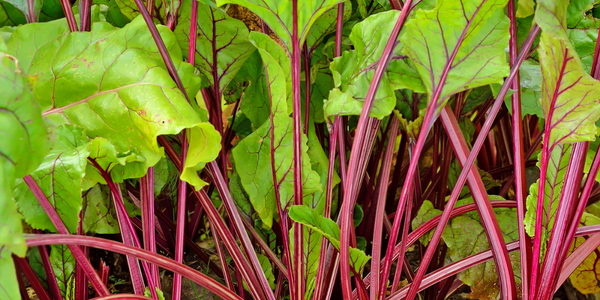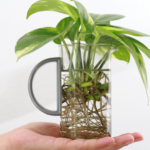Growing beetroots can be a great gardening experience, as they can yield a large harvest depending on how much land you allocate for their growth. However, if you’ve noticed that your beets are all leaves with no roots, you may wonder why.
Your beetroots may be growing great leaves yet no bulbs for numerous reasons, including; the soil’s lack of nutrition and the beets being planted too close together, among other minor problems. These factors will give you a lot of leaves and tiny bulbs.
This article will discuss why your beets grow a large number of leaves but poor bulbs. So keep reading! We have everything you need to know about why your beets are growing, no bottoms.
Why Are My Beets All Leaves And No Bulb?
Beetroots are vegetables that have been grown in Western Europe and the Mediterranean for thousands of years, and in modern times they are a staple for salad lovers all over the world.
There are numerous ways to grow beetroots, whether you choose to sow the seeds directly, grow seedlings and then transplant them to the garden, and you can even grow them in a pot. However, for some people, all they end up with is a large bundle of leaves and little bulbs, and there are two primary reasons for this which we’ll discuss below.
The Soil Doesn’t Have Enough Nutrition
The bulb part of the beetroot is where the plant stores most of its food. Thus, if it doesn’t receive adequate food, water and light, there will be nothing to store, and you’ll end up with many leaves and none of the sweet bulbs we all love.
Beetroots need a mixture of organic matter for optimal bulb growth, such as phosphorus. If the soil is too high in nitrogen, the plant will send most of its energy into leaf production, which isn’t necessarily what you want when growing beets. Ensure the potting soil recieves a good fertilizer at the start of every growing season, and this will increase your chances of large bulbs.
The Beets Are Too Close Together
If you plant your beetroot seedlings too close together, this will also lead to small and deformed bulbs as a result of overcrowding. When planting your seedlings, you’ll want to ensure that you give adequate space between each one and that other plants do not shade them.
You’ll want to give about twelve inches or thirty centimeters between each row of your beet seedlings when planting them in the garden and around ten centimeters of space between each beet seedling in the row. This will ensure that your beets are not overcrowded.
A Few Tips For Growing Beets
There are a few things to consider when you want to grow huge beet bulbs; one is to give them a good amount of sun. While beets are a cool weather crop, they still do their best bulb growing when they have full sun.
Beets also thrive in light and fluffy soil that gets an excellent fertilizer that contains a good amount of phosphorus. As we said, too much nitrogen will lead to large leaves and little bulbs.
Suppose your beets look a little deformed and have irregular black spots; they likely have a boron deficiency. In this case, your beets are no good and must be thrown away, but you’ll know next time. Simply add a teaspoon of borax with a gallon of water to your next potting mix, which will solve your problems.
Conclusion
Beetroots can be a fun and easy crop to grow in your home garden if you follow the simple steps laid out in this article. Just remember that they enjoy full sun and a good mixture of phosphorus and nitrogen in the soil, and ensure they have adequate room to avoid overcrowding.



